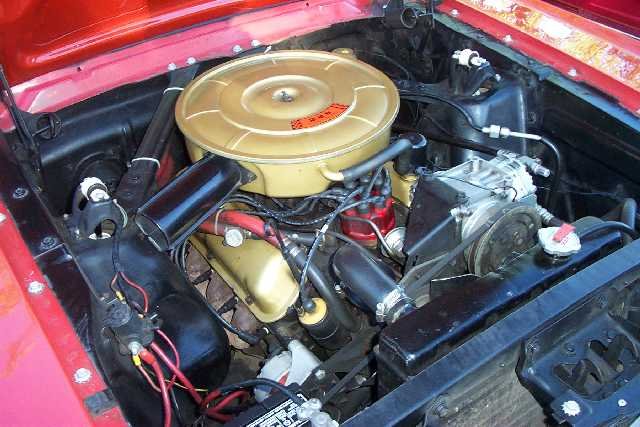|
|
 Re: '71 Duster Front Suspension Woahs!
[Re: cageman]
#1201253
Re: '71 Duster Front Suspension Woahs!
[Re: cageman]
#1201253
04/07/12 08:04 AM
04/07/12 08:04 AM
|
Joined: Jan 2003
Posts: 8,182
Detroit, MI
CokeBottleKid

master
|

master
Joined: Jan 2003
Posts: 8,182
Detroit, MI
|
Quote:
Sounds like you know it all, I am in wonder as to why you are on here asking a question, when your knowledge put you in this situation of bad ideas being implemeted.
And your bilstein buddy didnt engineer anything for you, just grabbed some off the shelf shocks and said they were made for you. Nice try. Real smart engineer buddy, put some longer shocks on a lowered car 
Ok ladies and recliner seat engineers. I am the 'smart' engineer that set up these shocks for him. Lets start with the goal:
As a Bilstein employee I had a certain number of discounted shock purchases, I made the choice to use my last buy (before I quit that crap job) to hook Jon up with a set of pimping aftermarket race shocks since I knew he wanted to make his car into a nice road-race/auto-x vehicle. Yes I could have gotten him a regular set of Joe Schmoe crimp shocks (like the ones you all buy from Hotchkis) but I felt a better use of my buy would be to set him up with a set of threaded body motor-sport shocks with adjustable shafts.
Key words here are mono-tube and adjustable shafts, lets say that one more time so it sticks... mono-tube and adjustable shafts. Ok now that we're clear with that I'll fill you in on a little bit of basic shock knowledge since you clearly lack any.
Mono-tubes are a great design, less cavitation, better heat transfer characteristics etc. But they have some downsides too, one of them being added deadlength due to the dividing piston (the little cuppy thing that seperates the gasy chamber from the oily stuff). And the gasy chamber (the place with the hissy stuff). This makes it difficult to hit short compressed lengths with a given travel. On that note, guess what car has a short compressed length for the given amount of travel... yep A-body mopars! Have a cookie.
The other con that applies to this application is if you want adjustable damping you more or less NEED to have an adjustable shaft (unless it's a reservoir shock which this isn't). Twin tubes do not have this issue as you can place an adjustable base valve between the chambers and locate it various places on the shock.
So we have a shock that is already on the limits of what monotubes are capable of... well lets throw this next little variable into the party and see how fun it gets.
There are only so many lengths of adjustable shafts available. They don't just make adjustable shafts at lengths of every 10mm, they are made for specific applications. On top of that there are very few pin mount shafts available, the only ones that Bilstein had at the time were incredibly expensive PSS style shafts which are like $800 a piece so obviously this was not an option. The only option were rod-end style shafts.
So now we have a shock that is on the limits of mono-tube capabilities AND we have to use an eye-ring style rod end that ADDs deadlength... Hey guess what? We can't hit those numbers we were aiming for. Not only that but there are only certain lengths of shock tubes available and only certain lengths of adjustable shafts.
The logical choice is, screw the compressed length, hit the required travel length and ensure the extended is in the right range.
The idea is simple, it can be seen on most older ford products:

You make a hole for the shaft through the inner fenders and extend it's location. Obviously there are different ways to accomplish this, you can do something similar to what ford did, and make a little mount that bolts to the stock inner fender and extends the upper mount a little higher to gain some compressed length. Or the better stiffer stronger way is to weld in some chassis tubing, cut out the inner fenders and mount the shocks to them.
Lets be clear on this, the shocks have the same if not more travel length than the vehicle needs, the compressed and extended are simply longer. Oh and the rears will bolt in with little more than heim spacers.
|
|
|
|
|
|
|

